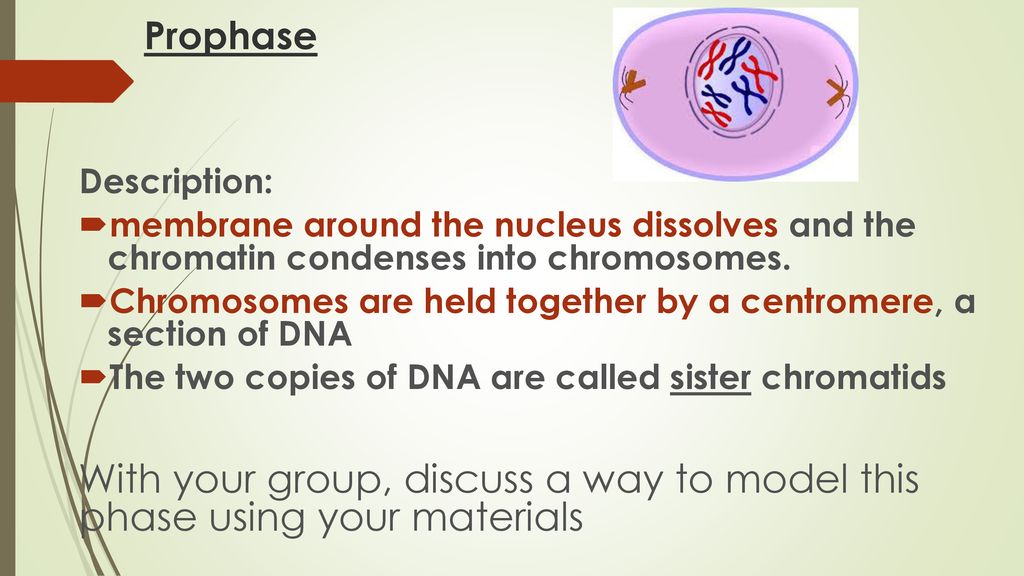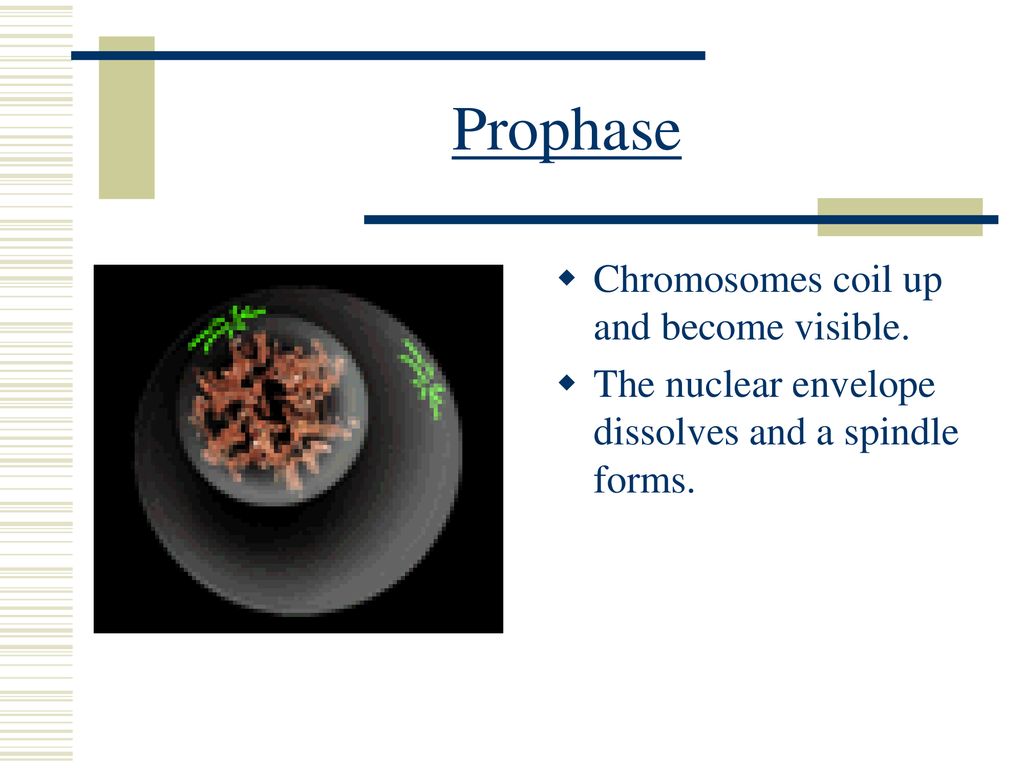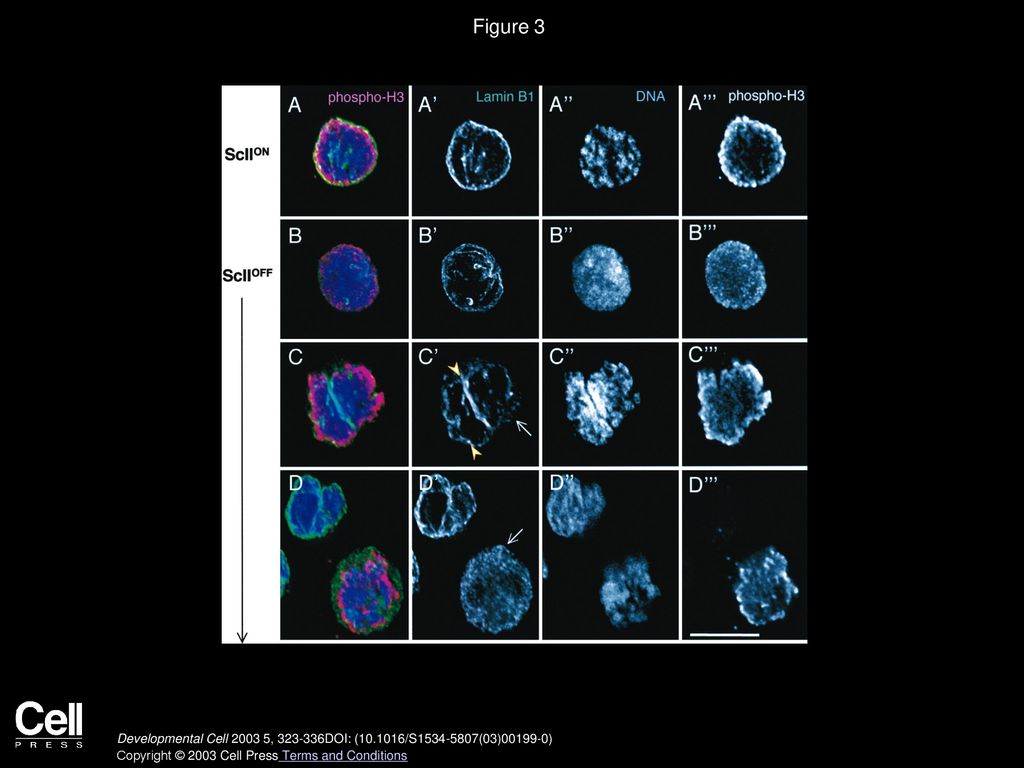ppt download Biology Diagrams The process of chromosome condensation during prophase II is a marvel of cellular organization, driven by a series of highly regulated molecular events. Central to this process are condensin complexes, which play a pivotal role in structuring and compacting chromatin. These protein complexes, composed of multiple subunits, facilitate the
.jpg)
Prophase is defined by the onset of chromosome condensation and is actually the final part of G 2 phase. TADs disassemble inside the intact nucleus and mitotic chromosomes begin to form their characteristic array of loops (see Chapter 8). In the cytoplasm, a dramatic change in the dynamic properties of the microtubules decreases their half

Biology Simple Biology Diagrams
In meiosis, prophase serves as the initial stage of the first of the two divisions. In this prophase (sometimes identified as prophase I), the homologous paternal and maternal chromosomes condense in the nucleus of the diploid cell. Each pair of chromosomes—called a tetrad, or a bivalent—consists of four chromatids.

Chromosome Condensation. As prophase begins, one of the most visually striking events is the condensation of chromatin into distinct chromosomes. This transformation is facilitated by a group of proteins known as condensins, which play a pivotal role in compacting the long strands of DNA into tightly coiled structures. The condensation process During preprophase, these mechanisms are set up. Like animals, the chromosomes condense and can be seen, and the nucleolus disappears during prophase. After prophase of mitosis, the chromosomes with will attached to microtubules, arranged in the middle of the cell, and the sister chromatids of every chromosome will be separated into new cells.

Prophase - an overview Biology Diagrams
Phase 1: Prophase. Prophase is the first step of mitosis. This is when the genetic fibers within the cell's nucleus, known as chromatin, begin to condense and become tightly compacted together. During interphase, the parent cell's chromosomes are replicated, but they aren't yet visible. Chromosome Condensation. Chromosome condensation is a crucial part of cell division. It happens during the prophase stage. This process ensures genetic material is organized and ready for distribution to daughter cells. The following sections will explore how chromosome condensation occurs and why it is vital for genetic material organization.
